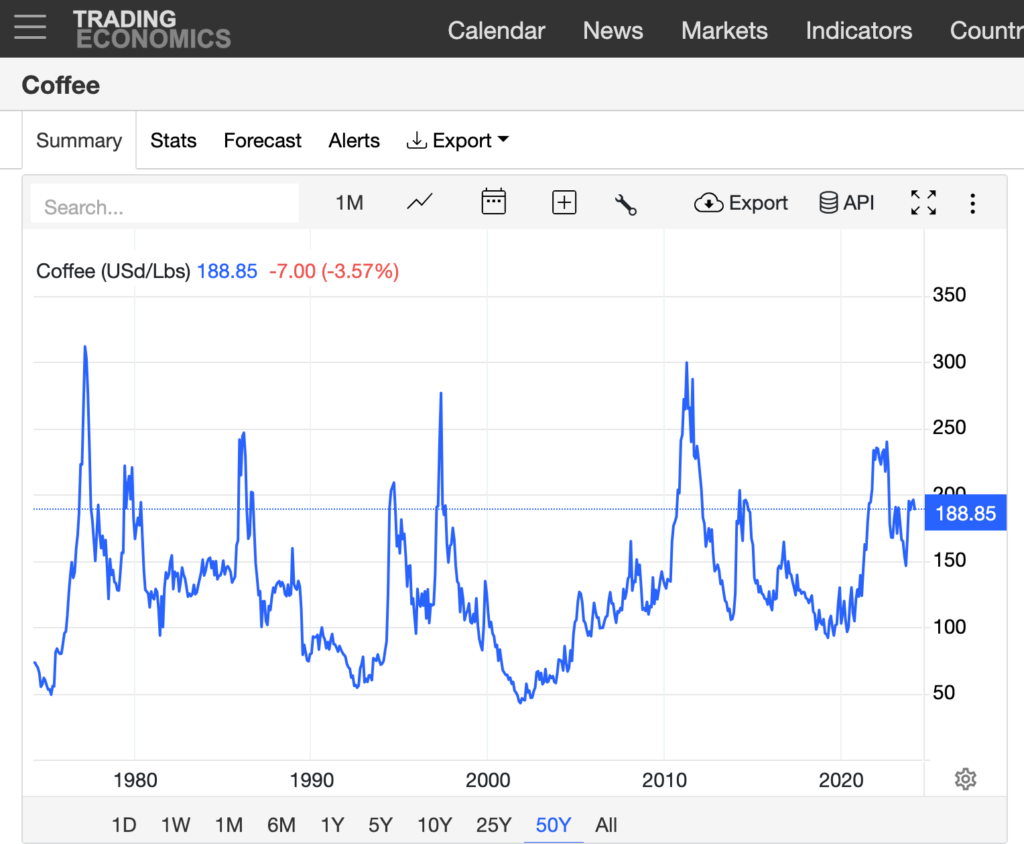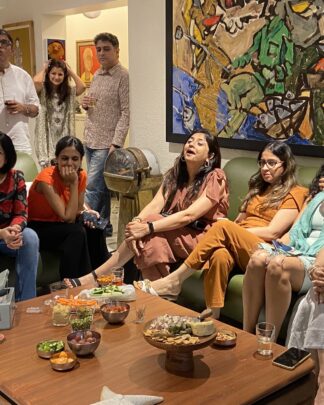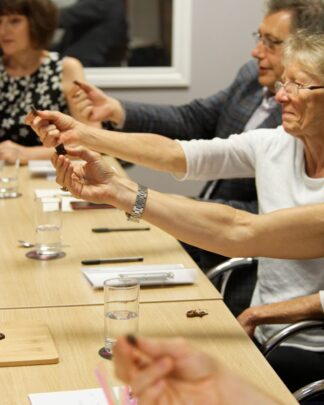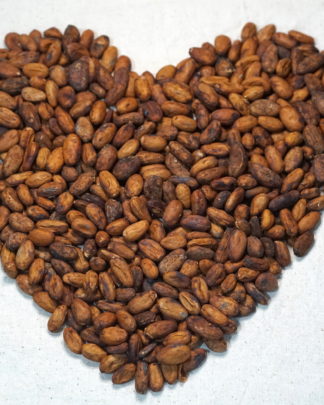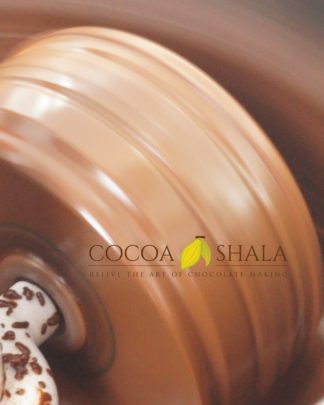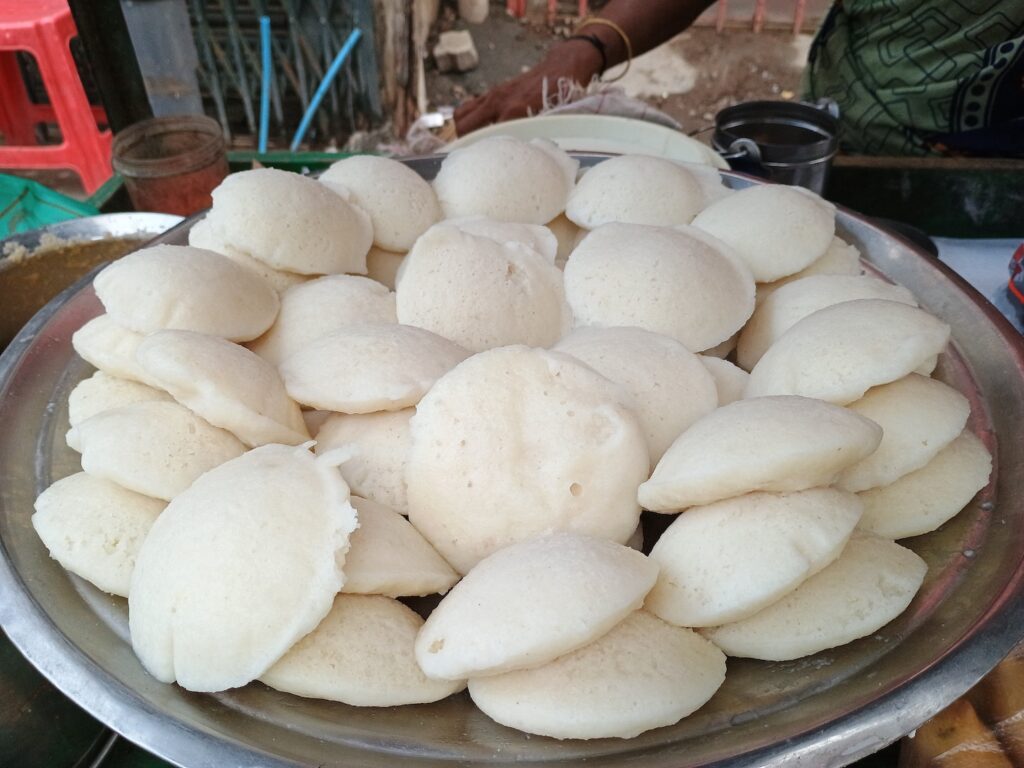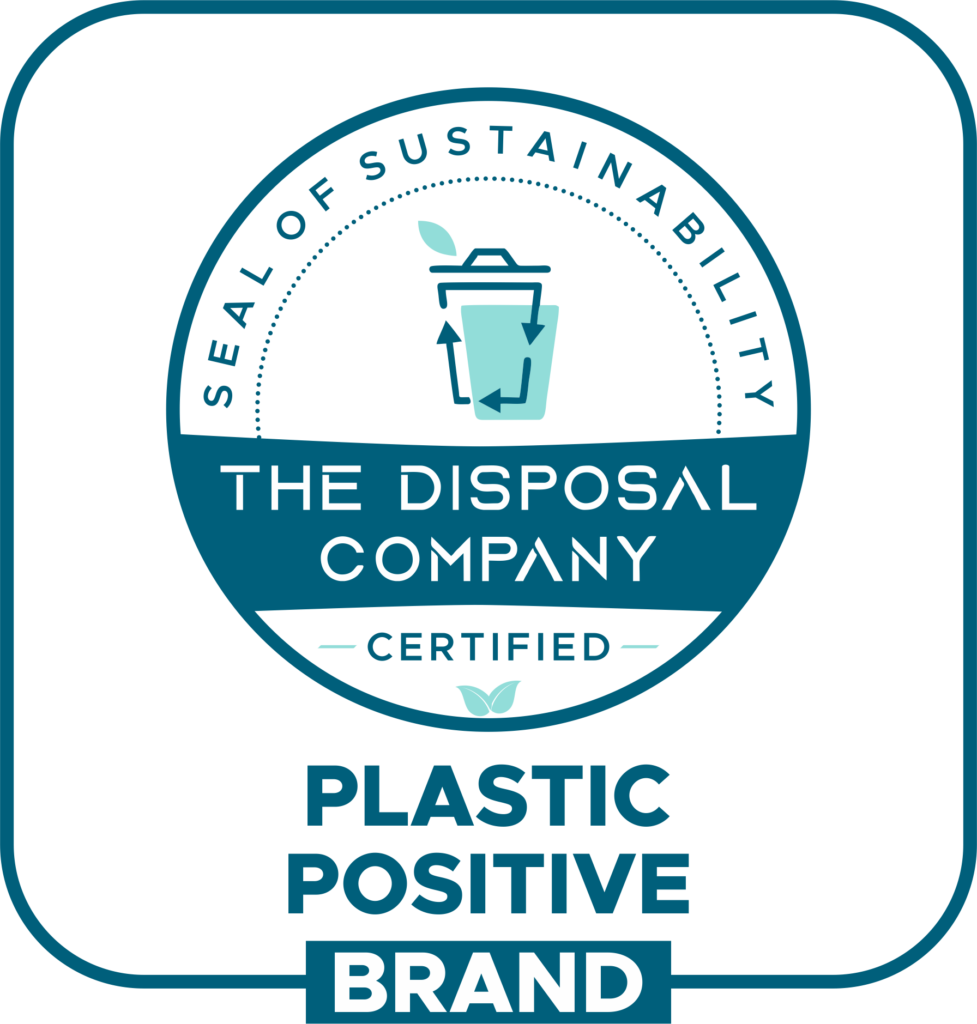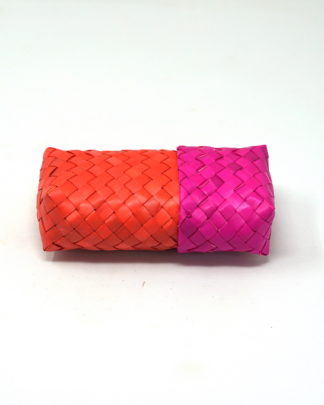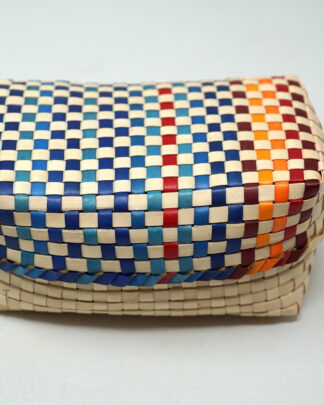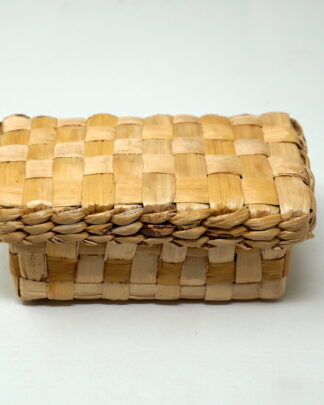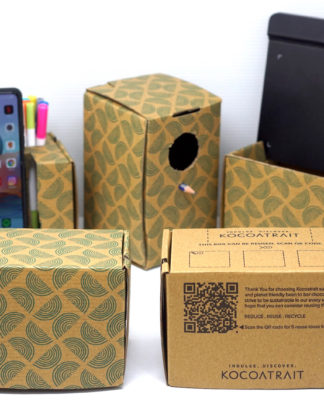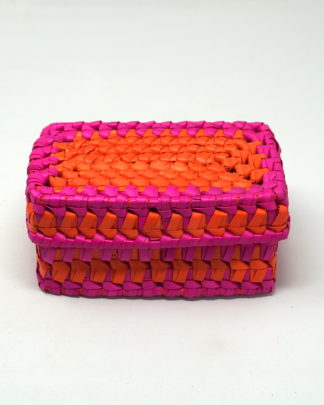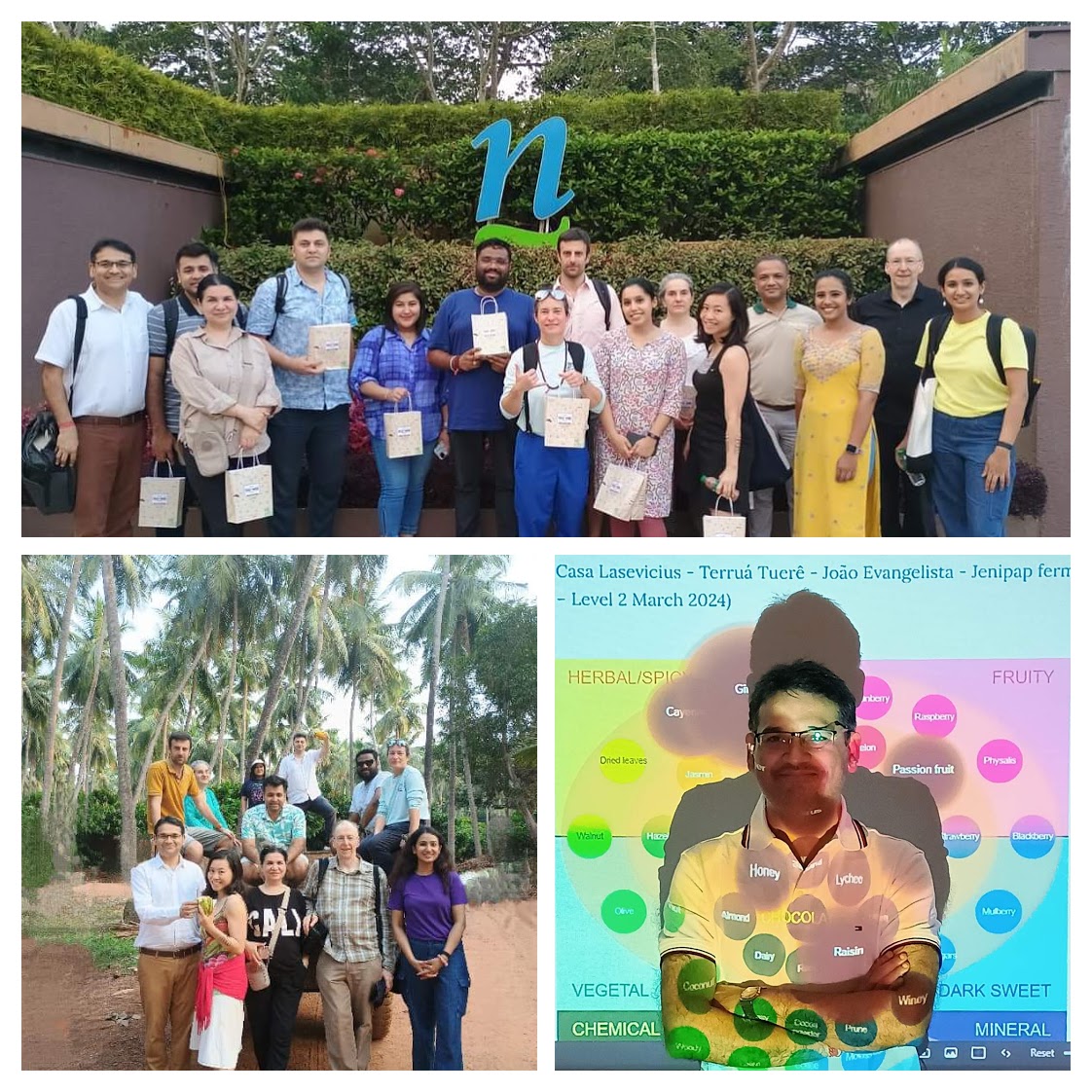
Welcome to the world of chocolate mastery! Cocoashala, nestled in the heart of Chennai, India, proudly announces the triumphant success of the 4th International IICCT Chocolate Tasting Course India which was hosted over 3 levels (Level 1,2&3) and 10 days! This remarkable achievement signifies a monumental leap towards positioning India as a global leader in bean-to-bar chocolate craftsmanship.
The recent Chocolate Tasting Course India wasn’t merely an educational endeavor; it was an exhilarating culinary odyssey that captivated participants from across the globe. Over the span of ten indulgent days travelling 5 states, seven esteemed Indian bean-to-bar chocolate makers and ten industry professionals embarked on a journey of sensory exploration and discovery like never before. Together, they delved into the intricate art of chocolate tasting and appreciation, setting new benchmarks in the industry. “The future of the Industry was present at the course and we are proud that India would be a force to reckon with in the future of bean-to-bar chocolates globally.”
One of the most remarkable aspects of this certification program was its comprehensive approach. Participants didn’t just learn about chocolate; they experienced it in its purest form. From unraveling the mysteries of cacao fermentation units, the magic of chocolate making units to savoring local delicacies spanning five states, every moment was an opportunity to deepen their understanding of chocolate flavors.
The adventure reached new heights—quite literally—as participants engaged in blindfolded chocolate tastings at altitudes of 15,000 feet. Amidst breathtaking landscapes, they surrendered to the symphony of flavors, forging bonds over their shared passion for cocoa.
Behind Cocoashala’s success lies a vision to propel India onto the global stage of fine flavor chocolate production. As L Nitin Chordia, Co-founder of Cocoashala, asserts, “Cocoashala is the world’s 1st incubation unit for bean-to-bar chocolate brands, driving the success of India’s burgeoning chocolate industry through unparalleled education and tools. The aim to Cocoashala is for home grown Indian bean-to-bar chocolate makers to win more awards and accolades internationally. This enables them to reward the Indian cacao farmers.”
Exciting pictures and videos of the magical and transformative 10 days of the Chocolate Tasting Course India are available at: https://drive.google.com/drive/folders/1iTtIPnvV3E4xC8UR8XKcmlsqAARbg6Jw?fbclid=IwAR1KjnIHAQRxUtK8ukQL9YVnO0nlblEpIKLUKmGkGOKxZplfJCFd5_u8Yyw
The resounding success of the 4th International IICCT Chocolate Tasting Course India underscores India’s potential as a key player in the global bean-to-bar chocolate arena. With aspirations to produce more Level 3 participants than any other country, Cocoashala remains steadfast in its commitment to nurturing India’s chocolate-making talent.
Excitingly, limited seats are now available for pre-enrollment for the 2025 edition. Don’t miss your chance to embark on this transformative journey with Cocoashala. Visit Cocoashala’s official website.
Some feedback from out level 3 students about the Chocolate Tasting Course India are below:
Hello everyone, I know it’s late, but just been caught up with things. Thought I’d share my bits on the last couple of weeks. It has been and amazing journey of diving deep into the world of chocolate. Even though we are people who work with it everyday, it was exciting and heartwarming to share it with like minded people sharing the same kind of passion for learning. Thank you @Martin Christy and @Flori IICCT Martin for creating this programme to educate the world about a produce that is more than often neglected. @L Nitin Chordia @Poonam Chordia thank you for a beautiful start to the journey with Cocoashala and the introduction to craft chocolate making, it was eye opening to learn that if you really believe in something, you will always find a way. (I’m referring to those brilliantly ingenious machines we saw). And even though we might have had a really tight schedule, every part of it was super exciting enough to keep us motivated. @Luca Beltrami Go Ground Beans loved the hospitality at your fermentary and to know the story of your journey in India and the way it has become your home was extremely touching. @Prasanna Gudi Subko thank you for initiating some of us into the world of coffee, with those numerous cups of great coffee and a super exciting cupping session. I will be reaching out to you on a regular basis now to learn more. 😜 more than all of this, I hope some your energy rubs off on all of us. It almost used to worry me if I hadn’t heard “TRINITARIO” for a while. @Manali Khandelwal Subko Cacao what a lovely time we had at the mill, to see the journey from pod to bar, and experience all those chocolates to realise the evolution from one version to the other. The sea buckthorn almond cube is just ❤️ @Zouheir Level 3 2024 it was lovely to meet you and get to know you. I would have loved to spend some time with you before returning but unfortunately had to rush. I will keep in touch with you though, and wish you all the best on your revival mission. 💪🏼… will be waiting to taste some. And also for the Kona 😉 @Giorgia Martone Level 3 2024 thank you for the those lovely words. It was nice to be your short breakfast and tour guide, and to watch the excitement you had to learn about a different culture. @Erin Seidemann Level 3 2024 it was great knowing you, the number of different things you do and the juggling between the finance, pastry and flying.. phew! Just knowing about it is an adventure for me. Kudos to you! @Xania Wong Level 3 2024 thank you for putting your brilliant mind at work throughout this journey. It was fascinating to know how you shuffle between 6 countries. I guess me and Manali did get to see the lighter side too. 😉 the soft airport humming still resonates in my ear 😂 guess I’d be listening to more Cantonese music from now on. And keep up your love for good food and wine. 🍷 Hope we all keep in touch and meet up whenever we are nearby to catch up on these memories… Any time y’all are in Hyderabad, you have a home with us. – Chef Sukumar Maharathy, Manam Chocolates, Hyderabad, India
It was a wonderful experience and very meticulously planned by the team. The journey has been remarkable and I can’t wait to be a part of the Alumni. I also look forward to taking up the course in other cacao growing regions of the world. My palette is trained, and senses heightened. The course creates opportunities to elevate and uplift the experiences offered to customers. Highly recommended for professionals in the field. – Chef Ruby Islam, Manam Chocolates, Hyderabad, India
I had an incredible learning experience with the IICCT, facilitated by our expert instructor, Martin, whose passion and knowledge about chocolate were truly inspiring. The course not only deepened my understanding of chocolate but also connected me with a diverse group of international students, enriching our learning through shared experiences and perspectives. I highly recommend this course to anyone looking to expand their chocolate knowledge and connect with like-minded individuals in the industry. Prasanna Gudi, Subko Cacao, Mumbai, India
Hey Guys, Just wanted to drop a note to say thank you to each one of you for the entire experience.
Martin, Flori and Nitin for arranging and executing such a complex number of variables to pack so much into such little time. To everyone else, it was an honest pleasure to get to know you, to learn from you, to hang out with you and taste so much chocolate with you! – Chef Manali Khandelwal, Subko Cacao, Mumbai, India
Definitely agree with everything said. It will take me many days and hopefully a lot more sleep to process and remember everything we have done since it has been so much so quickly. But especially want to call out Martin and Flori for their knowledge, encouragement, support, and friendship. Nitin for having the unenviable job of organizing this logistical nightmare of flights, hotels, and transportation and putting up with all our jokes about it. And to all of you who live in country and have been patient with my endless questions about your customs and wonderful food and culture and to thank you especially for your over-the-top hospitality that truly means a lot and has made me feel welcome in each place we went. It is because of all of you and all the friends I have made on this trip that I was able to power through it and even look forward to spending time and chatting with each of you when all I wanted to do was sleep. As delicious as fine chocolate can be, it is the people in the industry that keep me coming back. Thank you all for your friendship. It has been my absolute pleasure to meet you and get to know you. And I hope to return your kindness when each of you visits New Orleans. Love to all and I look forward to keeping in touch and seeing what wonderful things you are all up to. – Erin Seidemann, New Orleans, USA.
My fellow cocoa brothers and sisters, Reflecting on the past week, I’m filled with a profound sense of gratitude for the extraordinary experiences we shared. From the amazing cocoa farms to the impressive chocolate boutiques, each moment was a treasure. Our adventure together, especially the blind tasting on the plane ✈️ was nothing short of magical. Such moments truly underscored the unique bond we share over our passion for cocoa and chocolate. A special shoutout to Nitin, whose skills as a facilitator were unparalleled. You brought us together in ways we couldn’t have imagined, making every interaction memorable. Martin, your depth of knowledge in cocoa and chocolate was nothing short of inspiring. Your insights added a rich layer to our journey, deepening our appreciation for every chocolate bite To Manali and Prasanna, witnessing your love and passion for your company was really admirable. Luca, revealing your special project GoGround to us was a highlight. Your vision and dedication are truly commendable, and I’m definitely excited to see where this journey takes you. Ruby and Sukumar, tasting your +300 products was an extraordinary experience that I’ll never forget!! Your creativity and passion for chocolate shine through in every piece I tasted. To everyone else who shared this journey with us. I have no doubt that our shared love for cocoa will reunite us somewhere around the world. The memories we’ve created will be cherished deeply. THANK YOU all for making this trip an unforgettable expedition into the heart of cocoa and chocolate. Here’s to many more adventures and to the enduring bonds we’ve forged. – Zouheir, Australia
Thanks to everyone for the patient support, for the kindly warm welcome, for the generously sharing.
I felt in love with India , again. I will come back. Everyone is welcomed in Bologna i haveva comfortable guest room and Bologna is quikly and easily connected with Milan, Florence even Rome. I’m truly inviting you to come. Tortellini home made are waiting for you 😁😁🤗 – Giorgia Martone, Italy.
About Cocoashala:
Cocoashala stands as a pioneering institution and incubation unit dedicated to fostering excellence in bean-to-bar chocolate education in India. With a mission to elevate India into a global hub of award-winning chocolate craftsmanship, Cocoashala offers world-class education and training programs for chocolate enthusiasts and industry professionals alike.
Register for the 2025 Chocolate tasters certification course in March or the 3 day bean to bar chocolate making course each month @ Cocoashala.
-
Chocolate Soirée
₹28,000.00 – ₹55,000.00 inc. GST
-
Sale
Product on sale
Combined Level 1,2&3 – Chocolate Taster Certification India 2025
₹330,040.00 ₹297,100.00 inc. GST
-
Sale
Product on sale
Level 3 – Chocolate Taster Certification India 2025
₹262,000.00 ₹235,900.00 inc. GST
-
Sale
Product on sale
Combined Level 1&2 – Chocolate Taster Certification India 2025
₹68,140.00 ₹61,300.00 inc. GST
-
Sale
Product on sale
Level 2 – Chocolate Taster Certification India 2025
₹51,940.00 ₹46,720.00 inc. GST
-
Sale
Product on sale
Level 1 – Chocolate Taster Certification India 2025
₹20,530.00 ₹18,460.00 inc. GST
-
Sale
Product on sale
Cacao Evaluation Certification India 2025
₹73,000.00 ₹65,800.00 inc. GST
-
Sale
Product on sale
3 Day Bean to Bar Chocolate Making manufacturing Certification Class Course training @ Cocoashala, Chennai India
₹82,000.00 – ₹98,760.00

